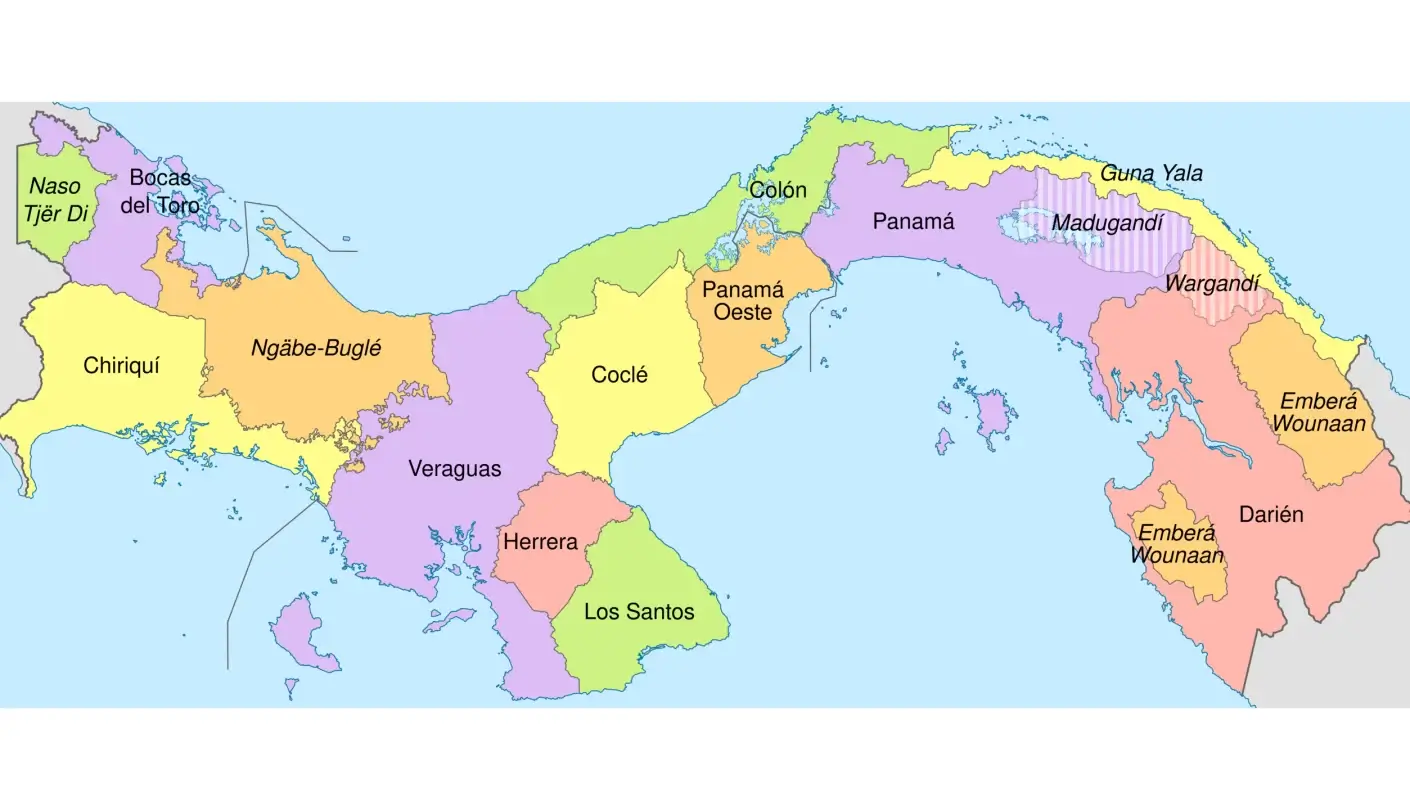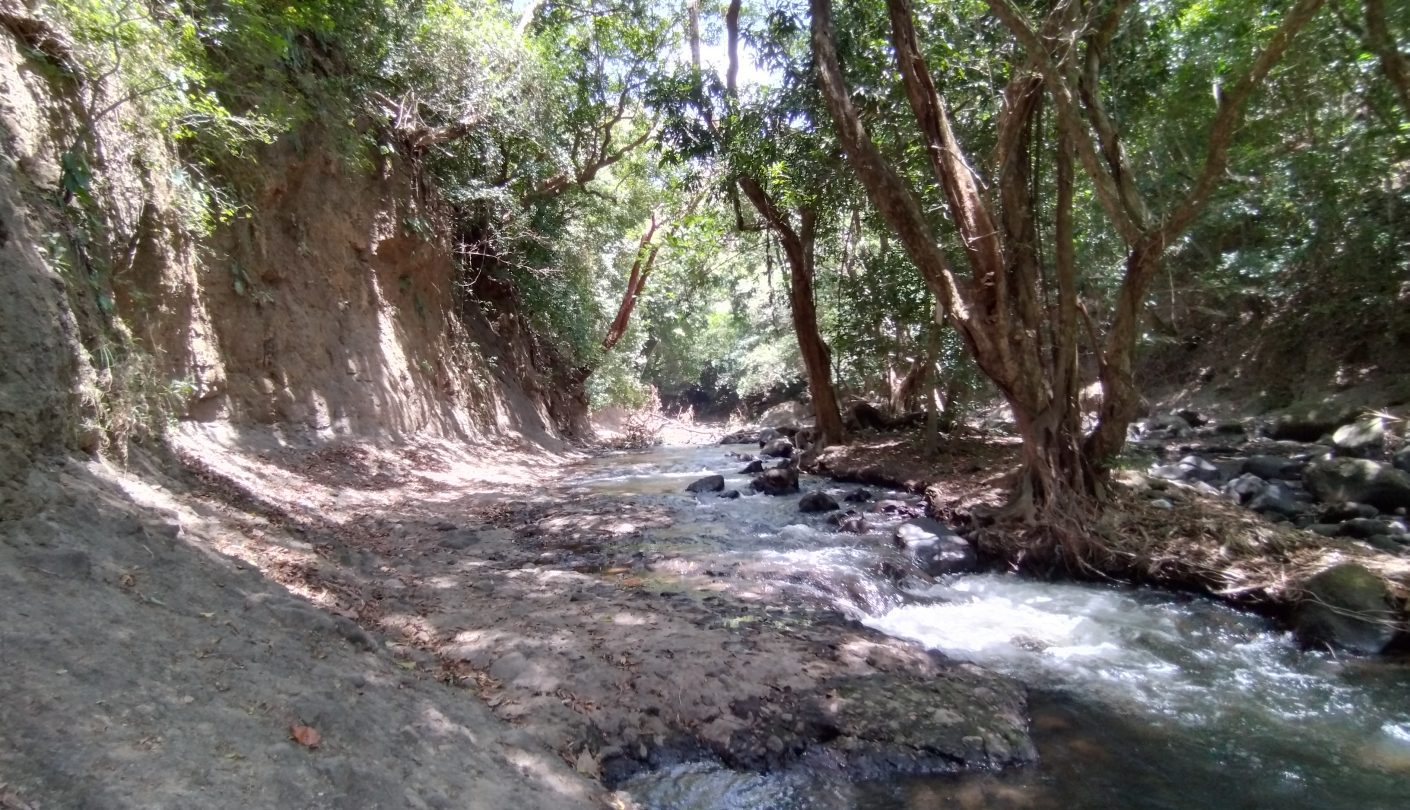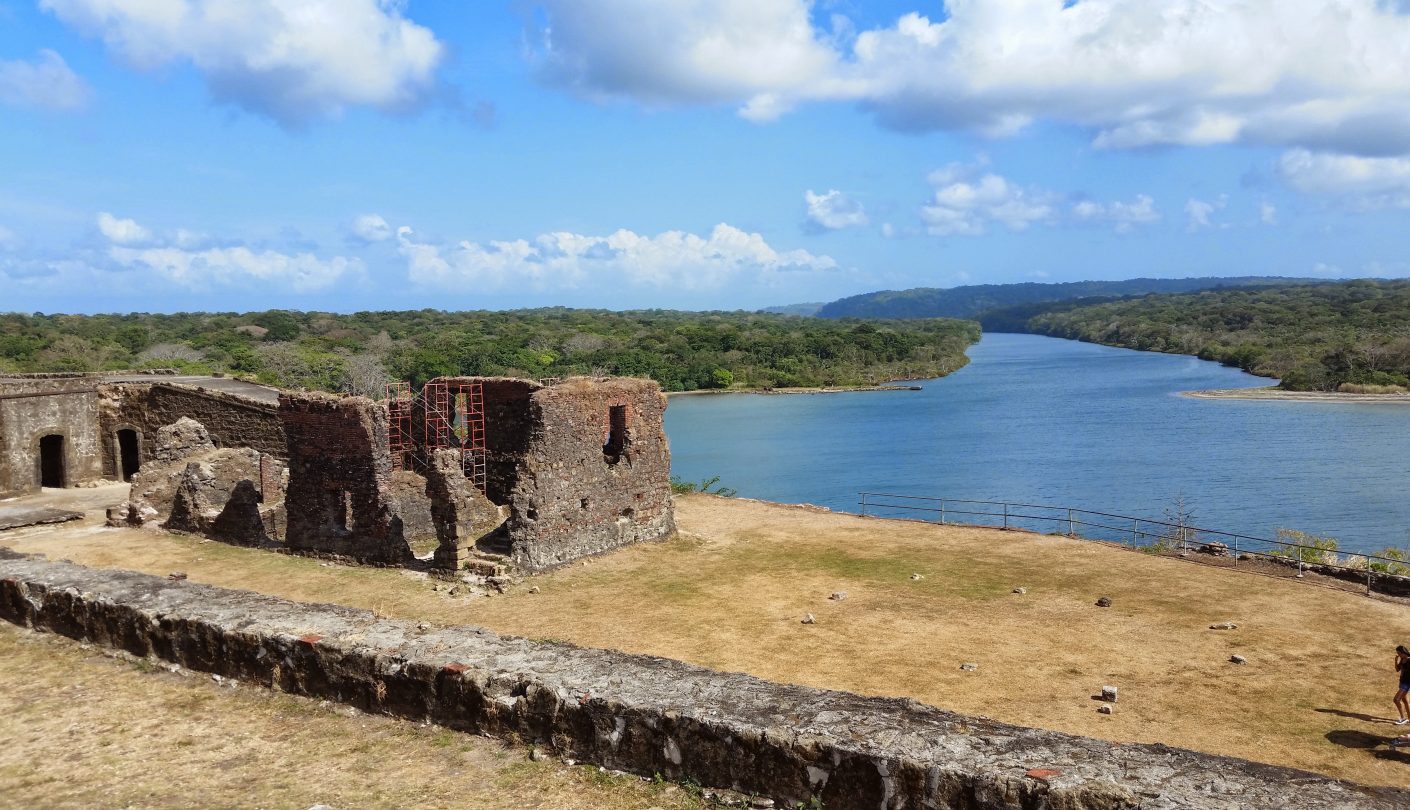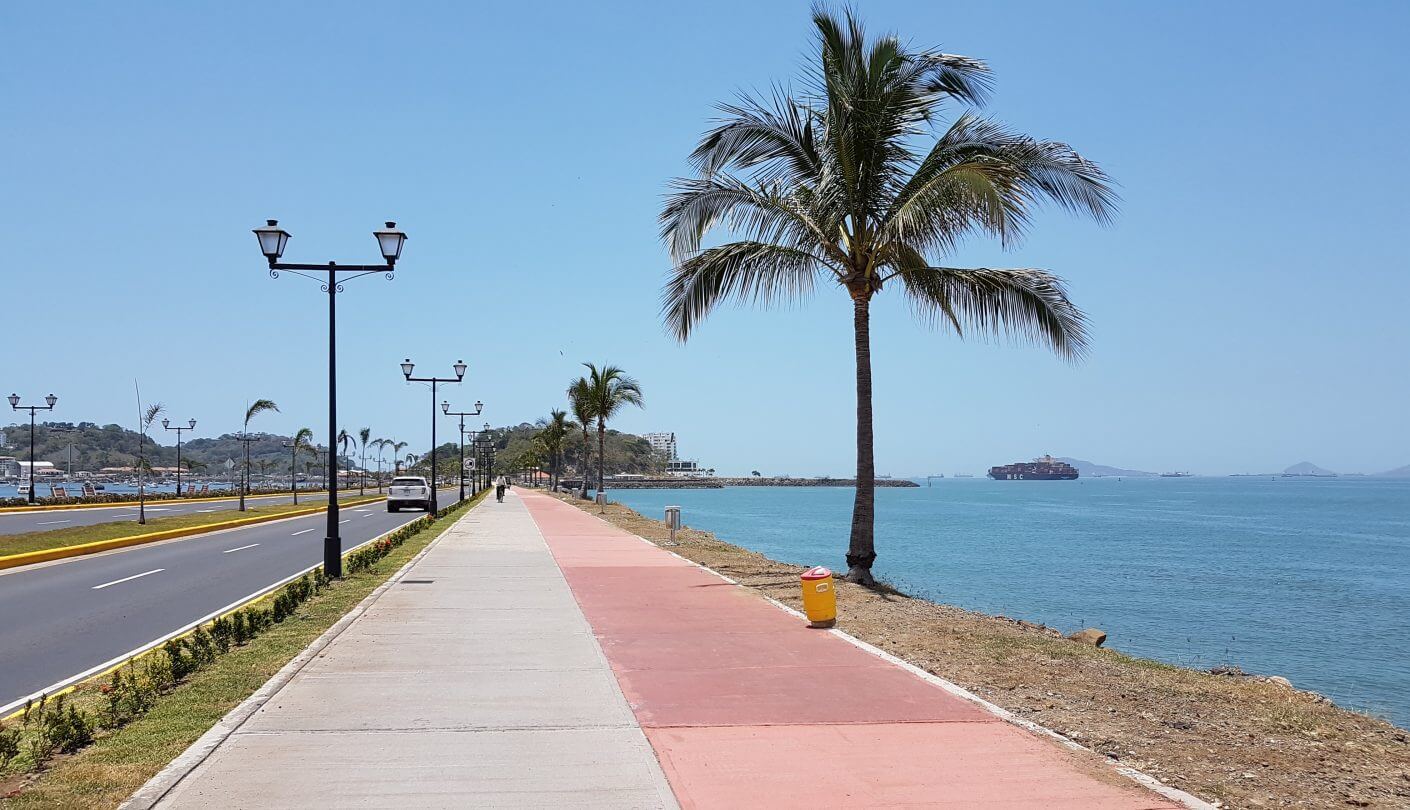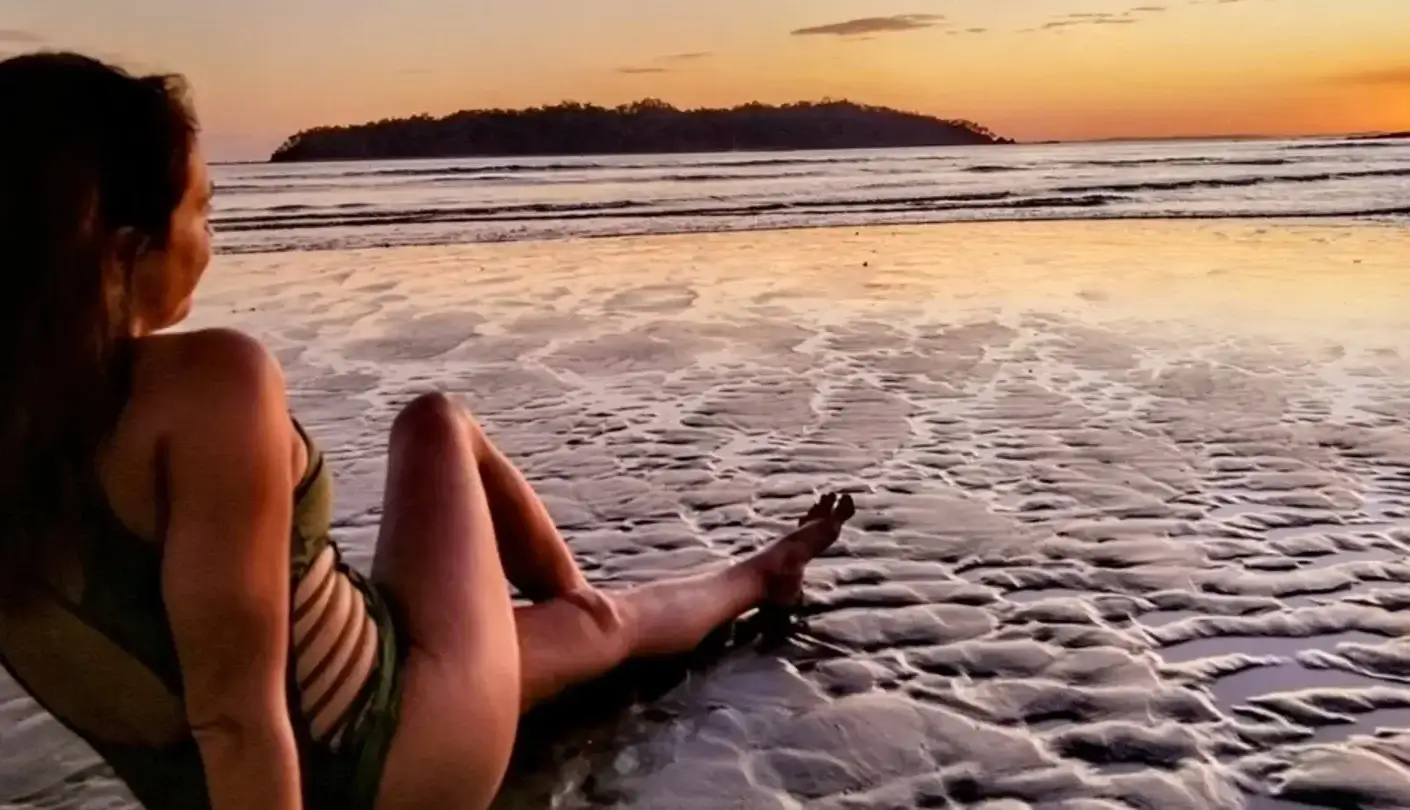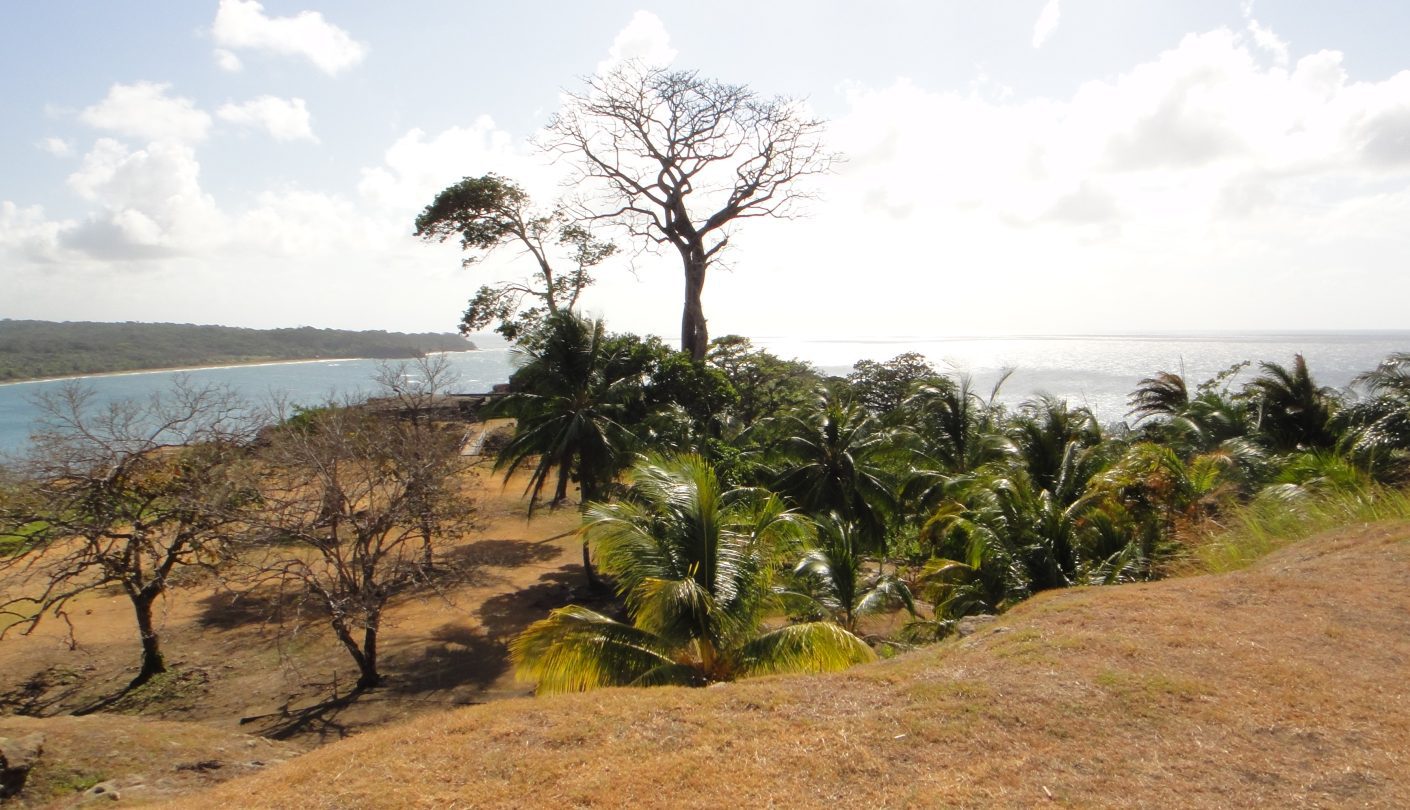Be ready to fall in love with Panama
Experience the beauty and diversity of Panama, where two oceans and two continents meet. From the iconic Panama Canal to lush rainforests, tropical islands, and vibrant cultures, this remarkable country offers endless opportunities for adventure, relaxation, and discovery. Come and see why travelers everywhere fall in love with Panama.
Panama, officially the Republic of Panama, is a vibrant country at the southern tip of Central America, where the Pacific and Atlantic Oceans meet.
Discover Panama
The Heart of Global Connection
At the center of Panama’s identity lies the Panama Canal, one of the greatest engineering achievements in history. Spanning the Isthmus of Panama, this 80-kilometer waterway links the Atlantic and Pacific Oceans, making it one of the world’s most vital trade routes. Recognized as one of the Seven Wonders of the Modern World by the American Society of Civil Engineers, the Canal remains Panama’s economic and cultural lifeline, alongside tourism and international banking.
Nature, Islands, and Biodiversity
Beyond its world-famous canal, Panama is a paradise of biodiversity and natural beauty. The country boasts more than 1,800 islands, many untouched and surrounded by tropical forests and coral reefs. Among the most remarkable regions are:
- Bocas del Toro Archipelago: Caribbean charm, surf beaches, colorful villages, and a vibrant Afro-Caribbean culture.
- Guna Yala (San Blas Islands): An autonomous indigenous region where the Guna people preserve their ancestral traditions and protect their turquoise islands.
- Las Perlas Archipelago: Located in the Gulf of Panama, this area is known for pristine beaches, whale watching, and exclusive island getaways.
- Gulf of Chiriquí: On the Pacific coast, this marine sanctuary includes Coiba National Park, a UNESCO World Heritage Site rich in marine life.
From misty mountain highlands to untouched rainforests and coastal towns full of life, Panama offers endless opportunities for adventure, relaxation, and discovery.
A Crossroads of Culture and History
Panama has always been a meeting point for explorers, traders, and travelers. Today, it continues to attract visitors from around the world who come for its warm hospitality, cultural diversity, and natural wonders.
Why Visit Panama
Panama is a destination where modern infrastructure meets unspoiled nature, and where travelers can move from a world-class capital city to a remote island paradise within hours. Whether you seek wildlife and adventure, culture and history, or a peaceful tropical escape, Panama delivers a truly unique experience that captures the heart of every visitor.
Panama invites you to experience authenticity, adventure, and refined simplicity.
-
Capital
Panama City (Ciudad de Panamá)
-
Area
75,517 km²
-
Population
Approximately 4.5 million (2023 estimate)
Includes about 1.5 million in the Panama City metropolitan area.
-
Language
Spanish (official), with indigenous languages such as Ngäbere, Guna, and Emberá also spoken.
-
Religions
Predominantly Roman Catholic, with a growing Evangelical community; other faiths include Baha’i, Judaism, Islam, and indigenous spiritual beliefs.
-
Government
Constitutional democracy with a multi-party system
- President and Vice President elected for a single five-year term
- Unicameral legislature (National Assembly) with 71 elected members
- Divided into 10 provinces and 5 indigenous comarcas (semi-autonomous regions), including Guna Yala
-
Currency
Balboa (PAB) and United States Dollar (USD)
- The Balboa is pegged 1:1 to the U.S. dollar
- U.S. dollars are used in all cash transactions
- Panamanian coins (centésimos) match U.S. coins in size and value
